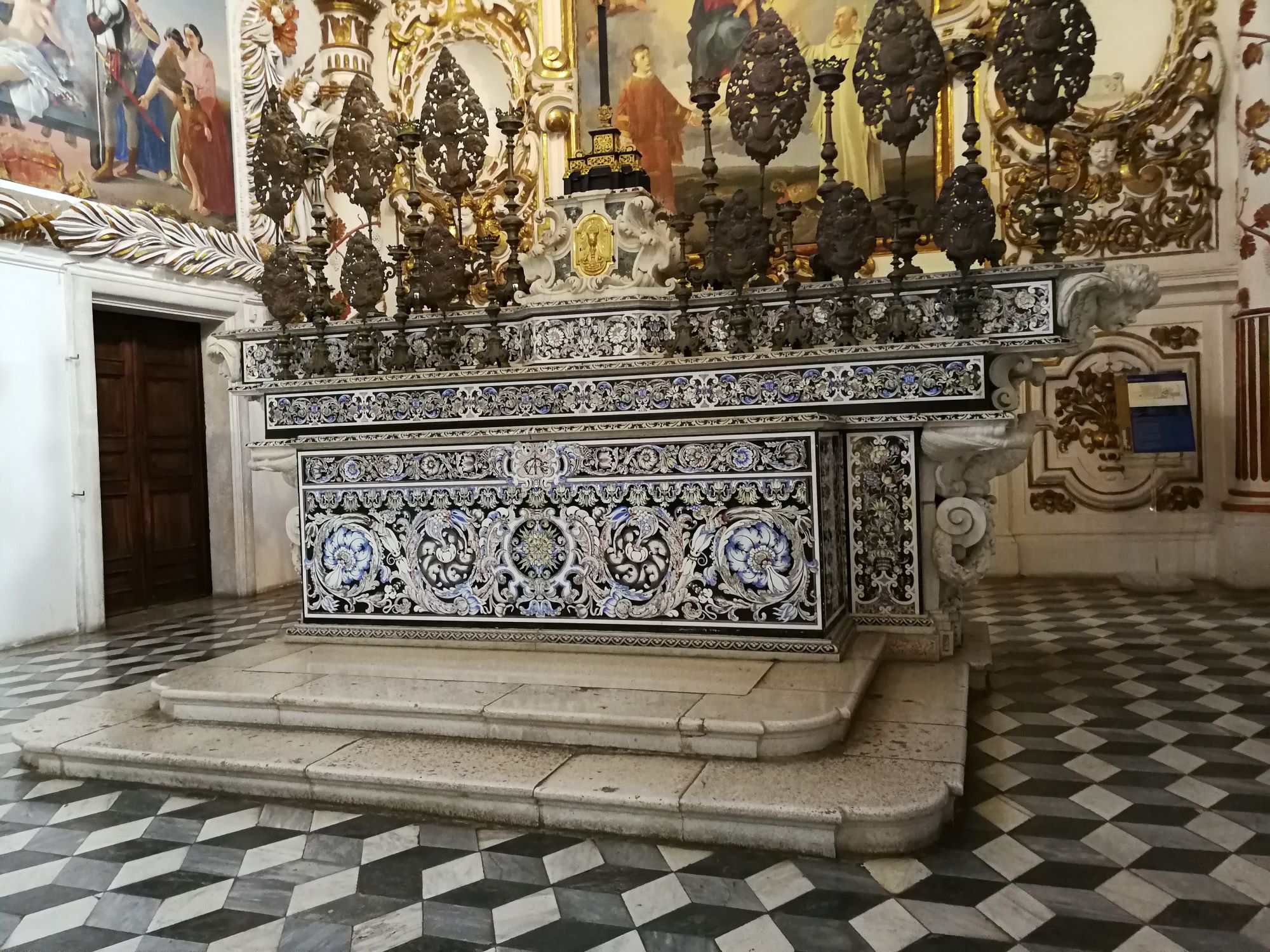Italy is a country that offers a wealth of attractions for tourists, from its rich cultural heritage to its stunning natural scenery and a virtually limitless number of places to visit. Some of them are not as well known as others. This is one of the hidden gems.
Just about everyone is familiar with its most touted attractions: the Colosseum in Rome; the Duomo in Florence with its magnificent dome, designed by Filippo Brunelleschi and the Ponte Vecchio, one of the oldest and most picturesque bridges in Europe that has survived floods, wars, and fires.

In recent times, as people go further and further off the beaten path to seek the authentic, the Trulli of Alberobello, Puglia, have attracted a great deal of attention—as has the Sassi area of Matera in Basilicata, a complex of cave dwellings carved into the mountainside. They are a testament to the traditional architecture and culture of this region in southern Italy.
But there are other sites that escape even the most enthusiastic seekers of the less-frequented jewels of history and architecture.
If you’re looking for a place to visit that’s magnificent but still undiscovered by mass tourism, then look no further that the Charterhouse at Padula (la Certosa di Padula) in Vallo di Diano, on the border between Campania and Basilicata. Together with the Alburni Mountains and Cilento, the Vallo di Diano is part of the National Park of Cilento also a UNESCO World Heritage Site since 1998. The Cilento aso has glorious beaches and you might want to enjoy a side trip, but that being so rich a topic, we will leave it for another day.

You can explore the beautiful cloisters, gardens, chapels, and library, and admire its impressive architecture and frescoes of the Charterhouse., which is also home to the largest kitchen in the world, that features a huge fireplace and a copper sink. It has 320 rooms and halls and the biggest cloister in the world, measuring 12,000 square meters and surrounded by 84 columns. It also has a magnificent spiral staircase of white marble, a library with a tiled floor, and many chapels decorated with marble inlays and scagliola work.
Also known as the Certosa di San Lorenzo, it is a stunning complex that dates back to the 14th century and covers over 120,000 square meters. It was founded in 1306 by Tommaso di San Severino, a nobleman who donated his lands and properties to the monks. The monastery is dedicated to Saint Lawrence, the patron saint of cooks, and its architecture resembles the gridiron on which he was martyred.

The monastery was a center of culture, art and commerce for centuries, thanks to the wealth and influence of the monks. It underwent several expansions and renovations over time, mostly in Baroque style.
It also played a role in the military history of Italy across several centuries, serving as a headquarters for the French during the Napoleonic Wars, a base for Garibaldi’s army during the Risorgimento, and an internment camp for prisoners during the World Wars. The Charterhouse was abandoned in 1866 by the newly formed Italian state, and suffered from plundering and decay.
Part of its history that is not so familiar is that during the two world wars it was also a prison camp and from 1923 to 1960, a home to an orphanage that housed 1,000 boys who were trained for a religious vocation or the trades. Every month, in fact, and precisely on the first Sunday of each month, cell No. 6 hosts the founder of the “Museum of Memories,” Vito Lapolla, one of the many orphans who spent his childhood in the Carthusian walls of Padula, elected president of the Padula Carthusian Committee.

The Charterhouse was restored from the second postwar period to the 1980s, and now houses an archaeological museum of Western Lucania, with artifacts from the nearby necropolises of Sala Consilina and Padula. It is open to visitors who can admire its beauty and history.
Aside from the Certosa, Padula has much to offer: you can enjoy all the views, stone portals and characteristic narrow streets of the village, losing yourself among the small shops selling typical products. And of course, there is the National Park in all its natural glory and the resort area on the coast.
WHERE TO EAT:
The area is rich with restaurants. Here are a few that stand out.
For Pizza that includes vegetarian friendly, vegan options and gluten free options, try Da Saro Pizzeria.
If you’re looking for something a bit more upscale and old-world, with a lovely old room with medieval touches, then try Porticum Herculis Ristorante.
If it’s time for a sugar rush and you’re looking forward to pastry, gelato or coffee, then La Delizia may be worth a stop in nearby Sala Consilina.
For a complete list of restaurants in the vicinity of the Certosa di Paula that are recommended by Tripadvisor, see here: `
WHERE TO STAY
One of the added pleasures of visiting places off the beaten path is that prices are very reasonable. In the Vallo di Diano there are many charming B&B’s and authentic Agriturismo establishments where you can feel like you’re sharing the lives of the local residents, away from the hustle and bustle of big city hotels and resorts. For a selection of accommodations, from luxury to farm stays, visit here.












